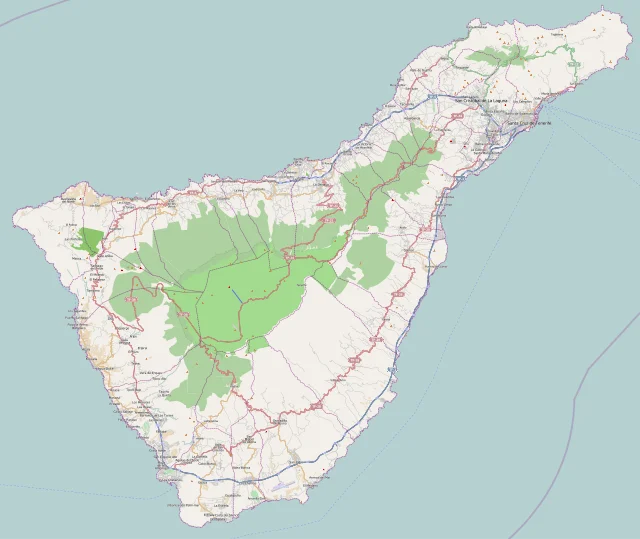The Caves of Don Gaspar are significant archaeological sites located in the Dominican Republic. These caves hold important evidence of prehistoric human activity in the Caribbean. They provide insight into the region’s early inhabitants, their way of life, and their interactions with the environment.
Get your dose of History via Email
Historical Background
The Caves of Don Gaspar date back to around 1000 BC. Archaeological studies suggest that indigenous Taino people used the caves as shelters and ceremonial spaces. The caves contain rock art, artifacts, and tools made from stone, bone, and shell. These findings give us a glimpse into the daily lives of the Taino, who were one of the primary indigenous groups in the Caribbean before the arrival of Europeans.
Archaeological Discoveries
Excavations at the Caves of Don Gaspar have uncovered a variety of artifacts, including pottery, stone tools, and human remains. These discoveries suggest that the caves were not only used for daily living but also for religious and funerary purposes. The presence of ceremonial artifacts indicates that the caves held spiritual significance for the Taino people.
Cave Art
One of the most fascinating aspects of the Caves of Don Gaspar is the rock art. The walls of the caves feature petroglyphs and pictographs depicting human figures, animals, and abstract symbols. Scholars believe that these images had ceremonial and symbolic meanings, although their exact interpretation remains uncertain.
Cultural Significance
The Caves of Don Gaspar are important for understanding the cultural practices of the Taino. The cave’s artifacts and art show that the Taino had a complex belief system and a deep connection to the natural world. The caves may have been used for rituals related to fertility, death, and communication with ancestral spirits.
Preservation and Challenges
Over the years, the Caves of Don Gaspar have faced challenges from natural erosion and human activity. Looting and vandalism have damaged some of the cave art and artifacts. However, efforts have been made to protect and preserve the site. Archaeologists and local authorities work together to raise awareness of the site’s importance and to promote its conservation.
Conclusion
The Caves of Don Gaspar offer valuable insight into the pre-Columbian history of the Caribbean. The artifacts, rock art, and human remains found there provide a detailed look at the cultural and spiritual practices of the Taino people. Continued research and preservation efforts are essential to protect this important archaeological site for future generations.
Source:

